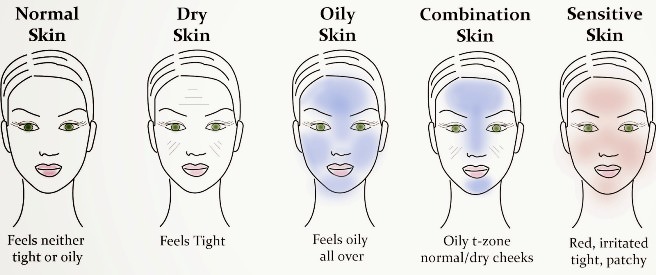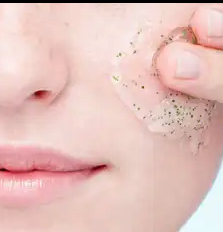Have you felt the chill in the air lately? Or aren’t the constant rains enough clue to understand that it’s the changing of the seasons? It’s a relevant concern especially those who have been classified as people with sensitive skin – because climate, weather and atmospheric temperature may very well be the barometer you need to update your skin care.
It may be easy to get a clue with the seasons – sunbathe in summer (with protection, of course), moisturize in winter and exfoliate in spring! So, what do we do in autumn? This season provides us with a transition period which allows us to evaluate and slowly migrate our skin care system to something that allows our skin to hold in more moisture and lessen the fine lines in our skin. When we finally do the moisture treatment in winter, that might be far too late because the effects of the drying air and the lack of humidity has already set in leaving us with wind burns, cracked lips, redness caused by skin irritation, and sadly, eczema or dermatitis.
Before we enter the fall months of April and May, here are some options can consider to help your skin cope with the seasons:
- Using your skin type as your basis, assess the products that you have and ask these questions:
- will this product keep my skin hydrated through autumn and winter?
- how did I fare last winter?
- do these product overly promotes exfoliation?
 ctto
ctto
As fall enters, we will see colder and dryer conditions that will affect our skin. Remember that it takes a few weeks before we see the effect these lowering temperatures which subsequently dry out our skin. Check out your products if they contain elastin or collagen to keep the moisture consistent and aloe to help skin cope and heal as it experiences harsher conditions.
- Begin to adjust your skin care routine. Get gentler products that don’t strip your facial skin of its natural oils too much. Lessen the use of retinoids that may leave your skin dryer than usual as it is aggravated by the cold and dry air.
 ctto
ctto
- Intensify your sun protection. We may be fooled by the cloudy days thinking that no sun rays can burn our skin. However, studies have shown that one can get sun burned even on a cloudy day. This is because harmful ultraviolet (UV) rays pass through clouds and still reaches our skin and burn it. Ignoring sunscreens might be more catastrophic during these times – making sure that putting on sunscreen will always be part of your skin care. Fall provides us a good time to transition into the hardworking skin care like Vitamin C which helps sunscreen and sunblock formulations in blocking the harmful rays that may later on lead to skin cancer.
 ctto
ctto
Beat the cold-dry season by taking care of your moisturising regimen now – because fall provides us a buffer before our skin experiences the cold grip of winter.
Do you have other suggestions? Write to us!